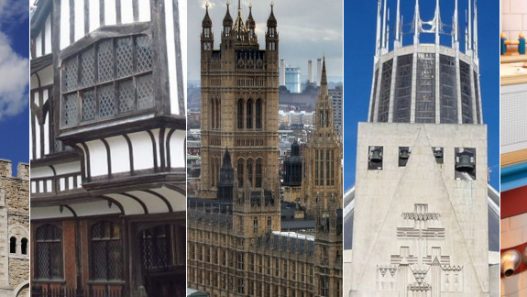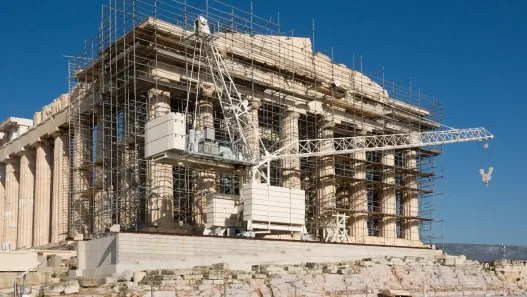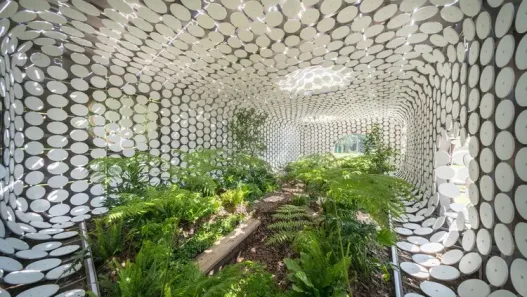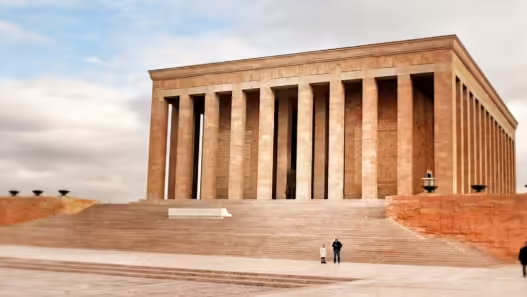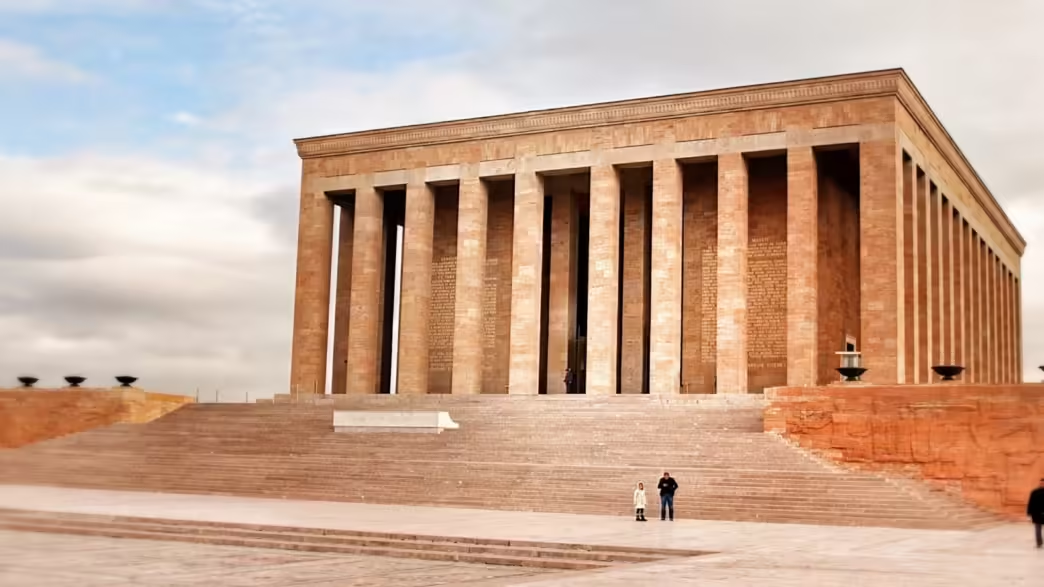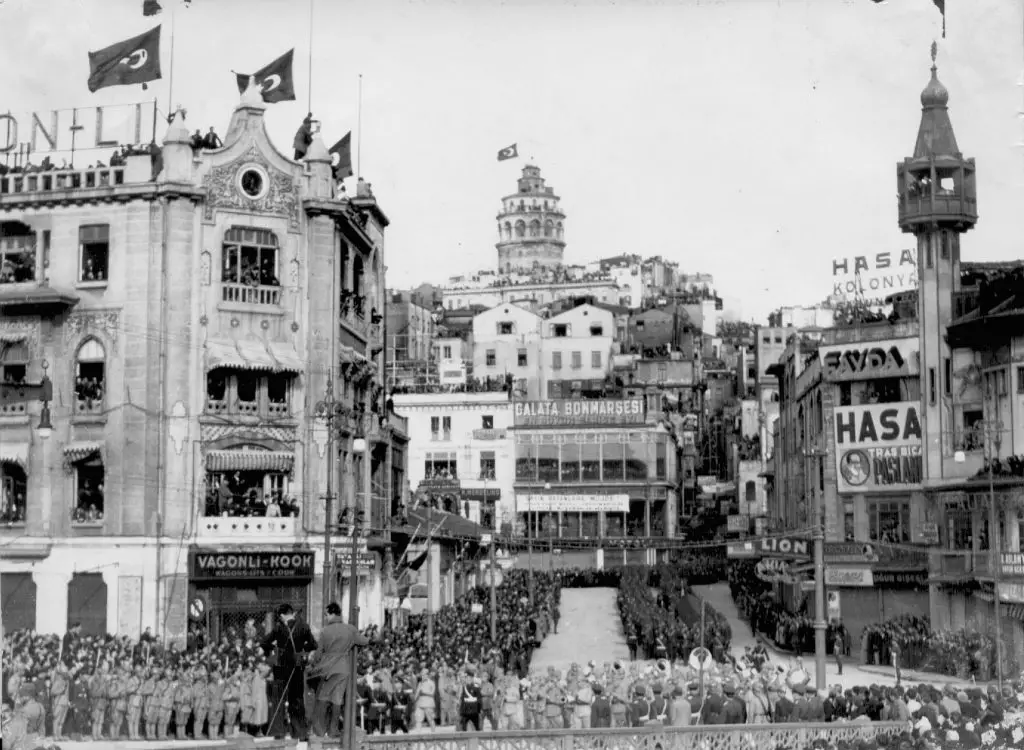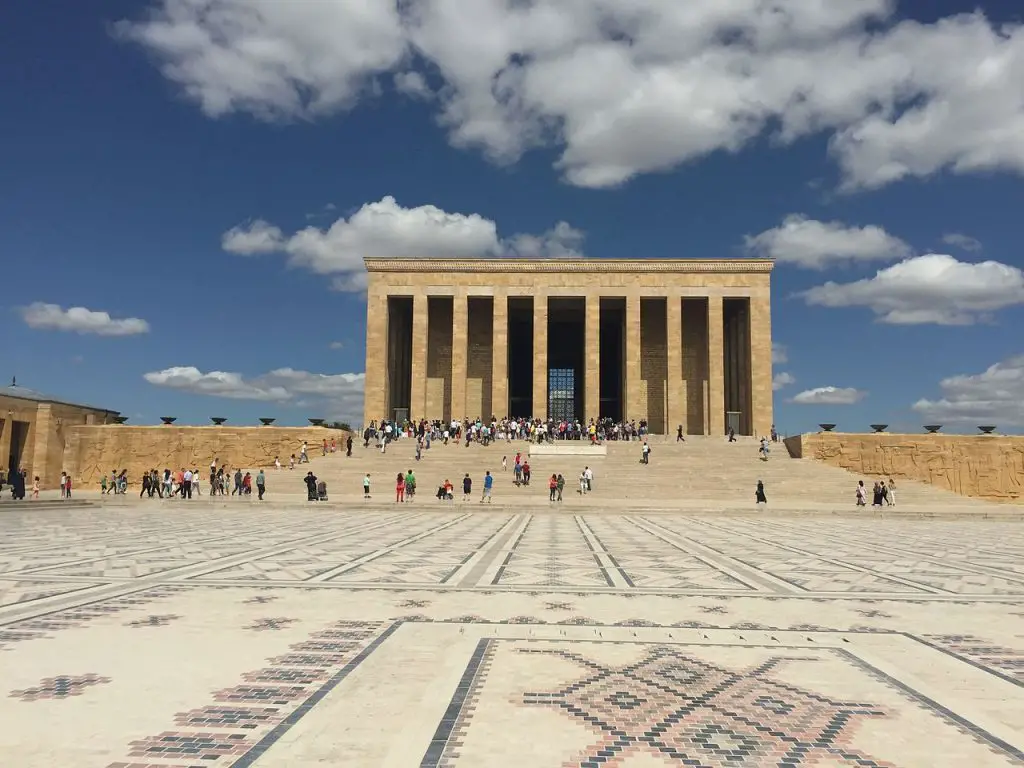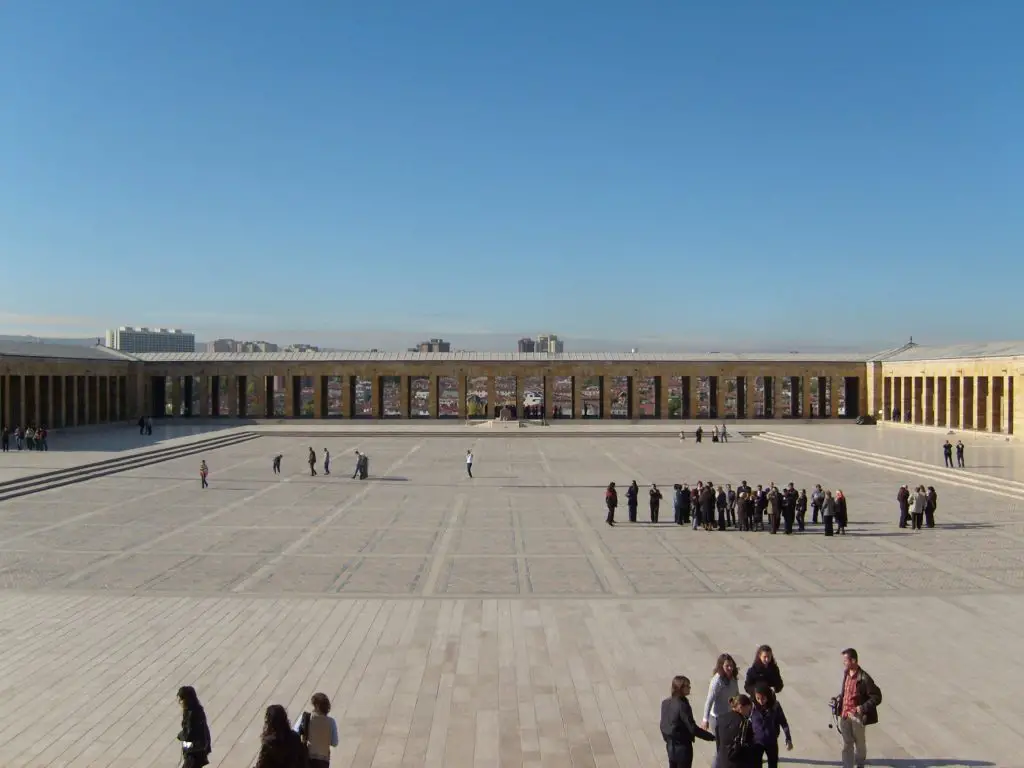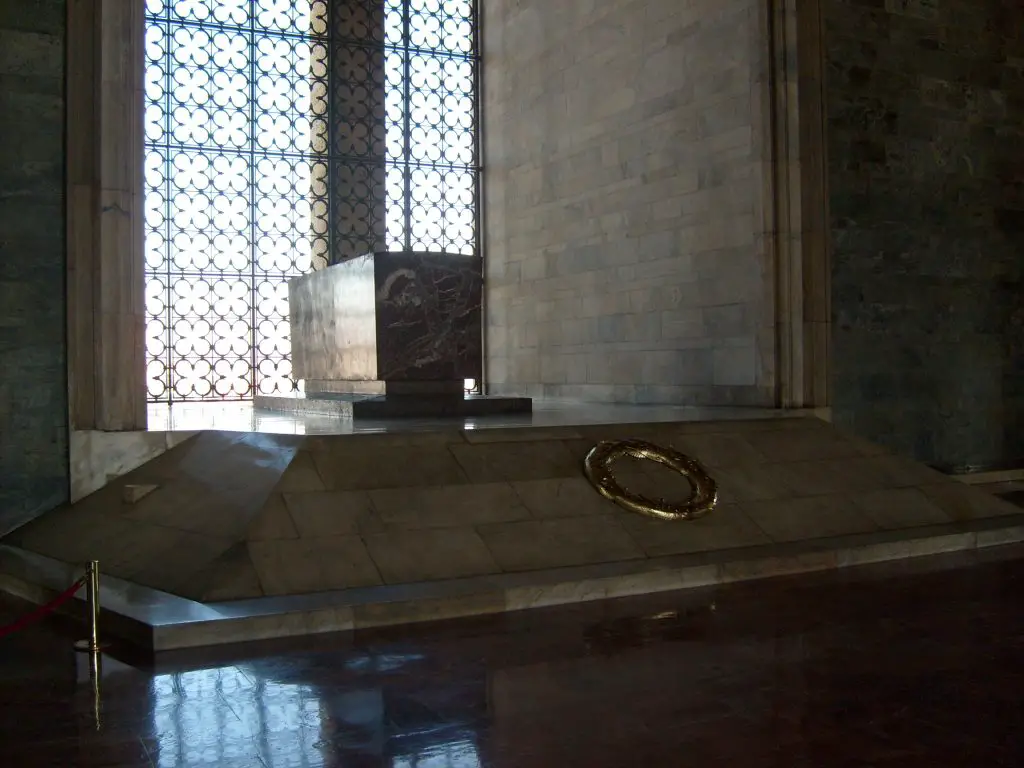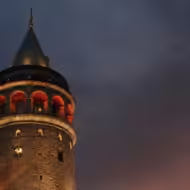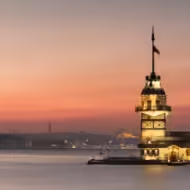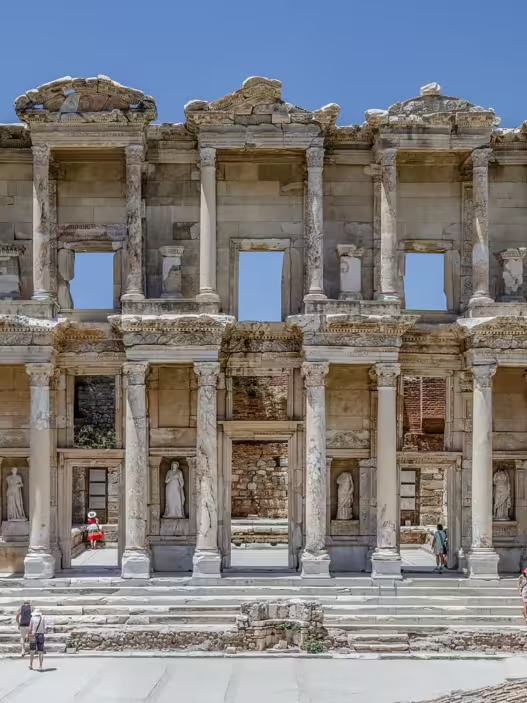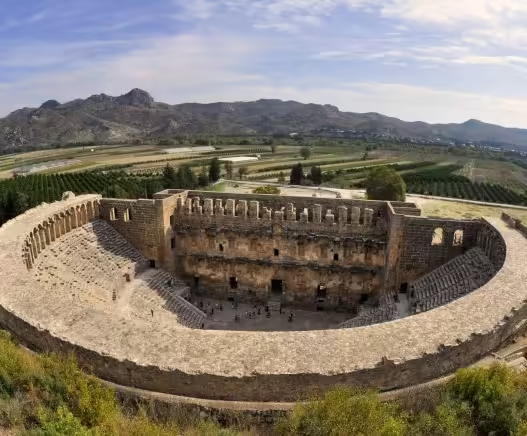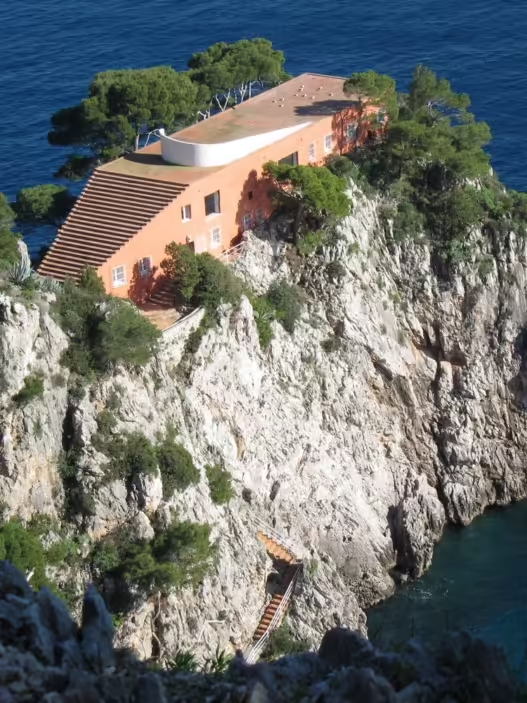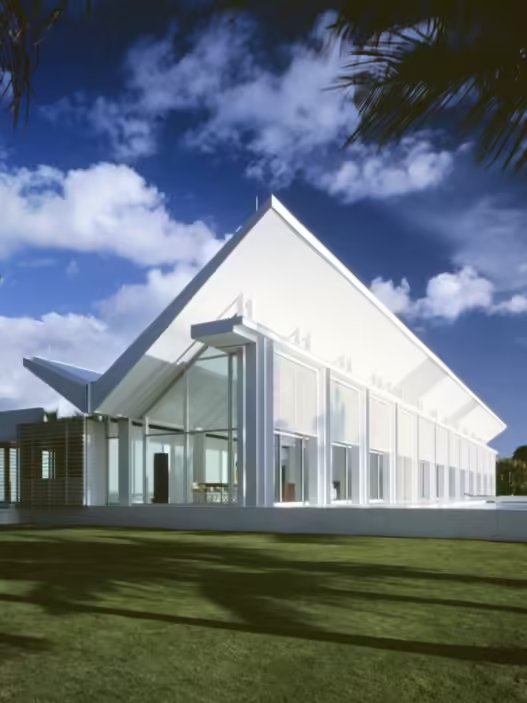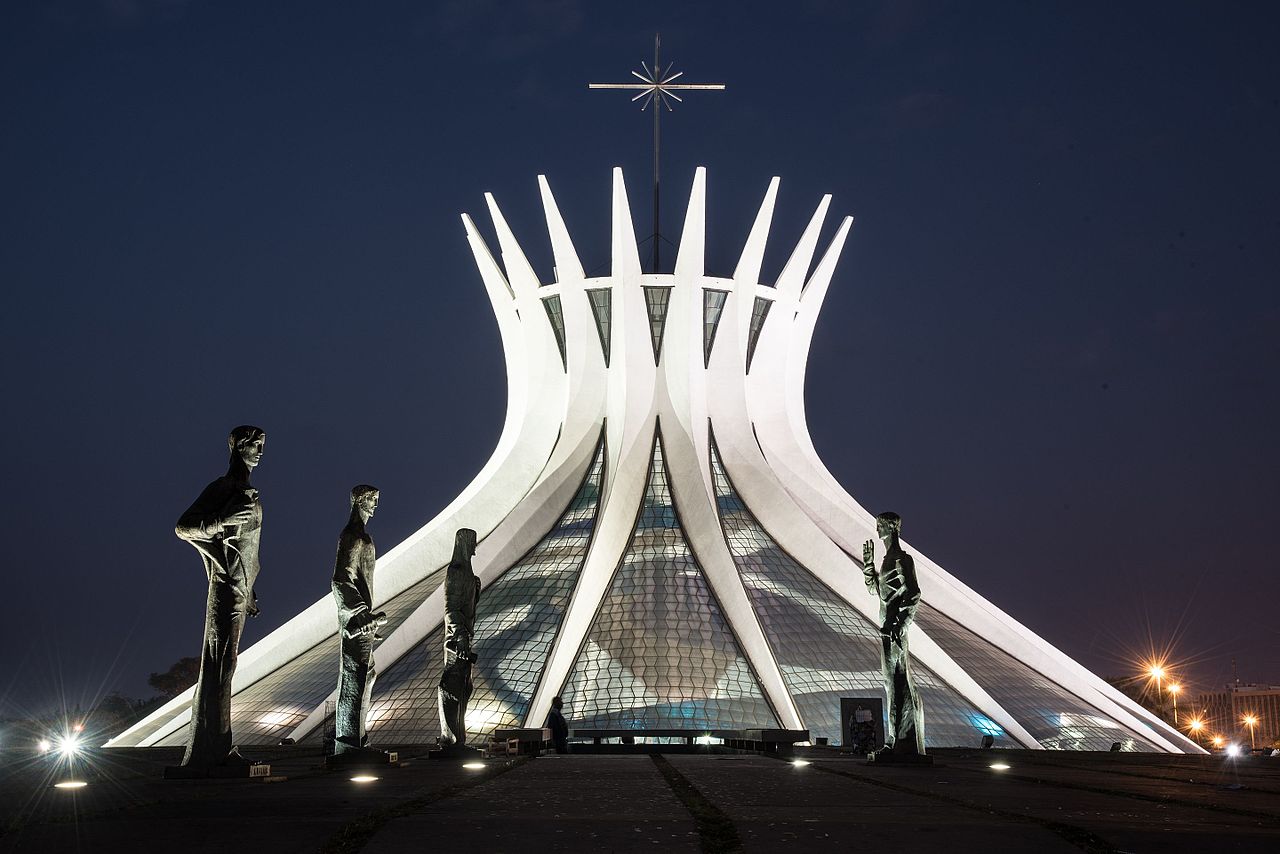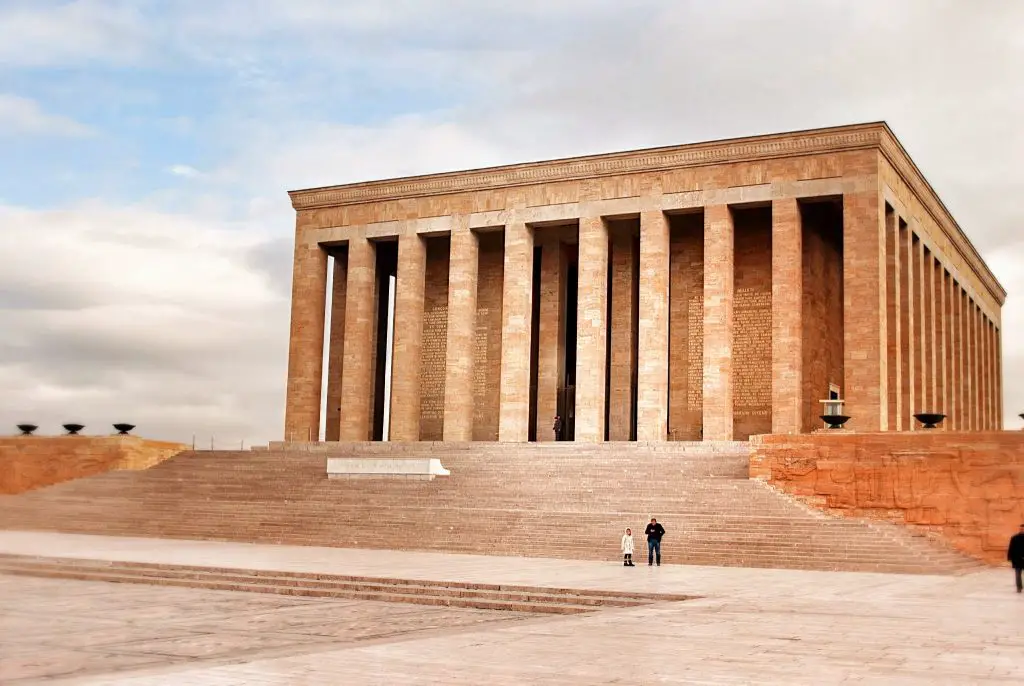
The great leader Mustafa Kemal Atatürk, the founder of the Republic of Turkey, passed away on November 10, 1938 at the Dolmabahçe Palace. On November 13, it was announced that Atatürk’s body would be buried in a mausoleum to be built in Ankara and would remain in the Ankara Ethnography Museum until the construction was completed. Completed in 1953, Anıtkabir was the place where Atatürk’s body was laid to rest.
Let’s examine the history and structure of Anıtkabir together.
Moving Atatürk’s body to Ankara
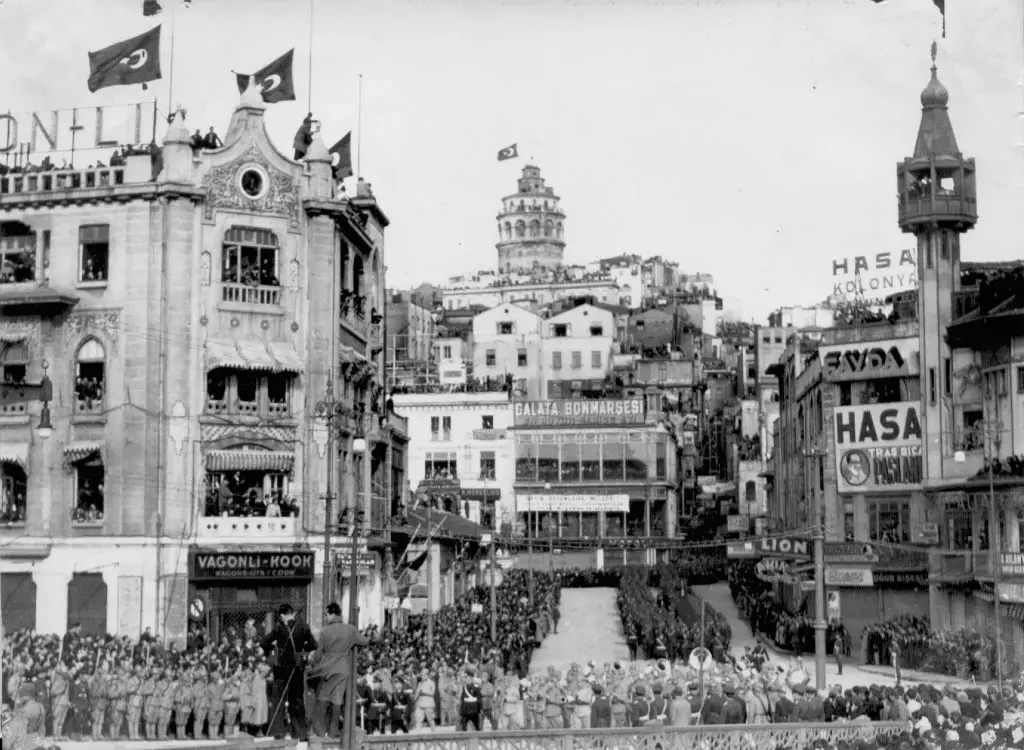
On November 19, 1938, he was placed on a cannon carriage at Dolmabahçe Palace and brought to Sarayburnu. Here the coffin was placed on the Battleship Yavuz. The battleship was accompanied by Hamidiye, Zafer, Tınaztepe and 2 submarine ships, Savarona and foreign ships. The battleship Yavuz docked at the Izmit Mine Pier and the body was transported from there to Izmit Station. Here, the coffin was placed on the White Train, which was used by Ata during his travels around the country and is now preserved in the Ankara Station Building, and transported to Ankara Station. From the station, it was carried to the front of the First Grand National Assembly of Turkey and then to the Ethnography Museum with a state ceremony and on November 21, 1938, he was buried in the place reserved for him in the museum. His body remained here for 15 years.
The construction of Anıtkabir

After it was decided to build Anıtkabir on the 906 m high Anıttepe, then known as Rasattepe, a project competition was launched. At first, it was announced that only European architects could participate in the competition. This drew a reaction, so the competition was opened to Turkish architects as well.
A jury was formed. A total of 27 foreign and 20 Turkish architects applied to the competition. In the end, 3 projects were found to be very successful. These 3 projects were Prof. Johannes Kruger’s, Prof. Arnoldo Foschini’s, and Prof. Dr. Emin Halid Onat and Dr. Ahmet Orhan Arda’s projects, but the jury chose the Turkish architects’ project. Later on, it was announced that this project better reflected national sentiments and was more suitable for the site than the other two projects.
Construction of the selected project began on October 9, 1944. The construction of Anıtkabir, which was realized in four phases, was completed in 9 years.
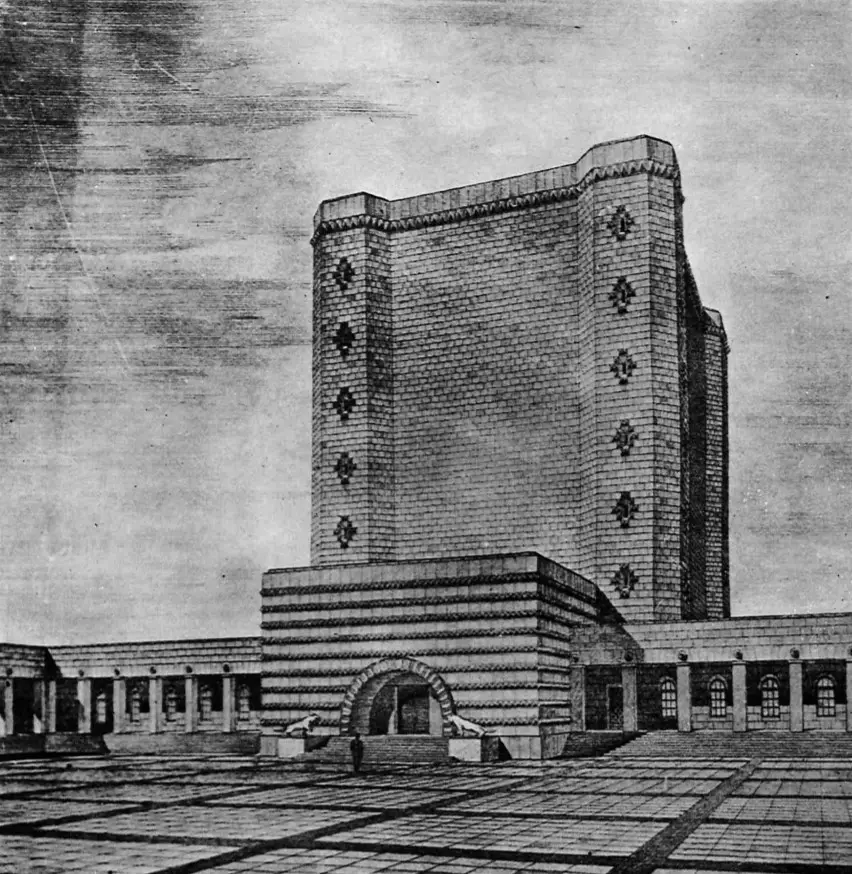
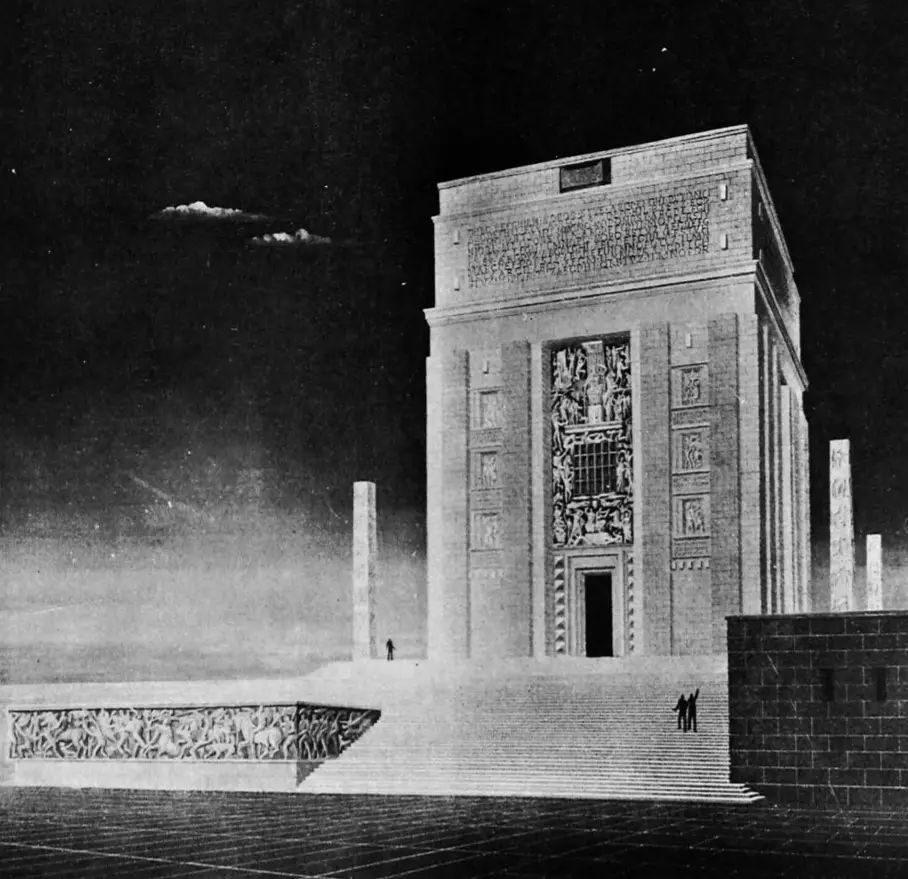
General Architecture of Anıtkabir
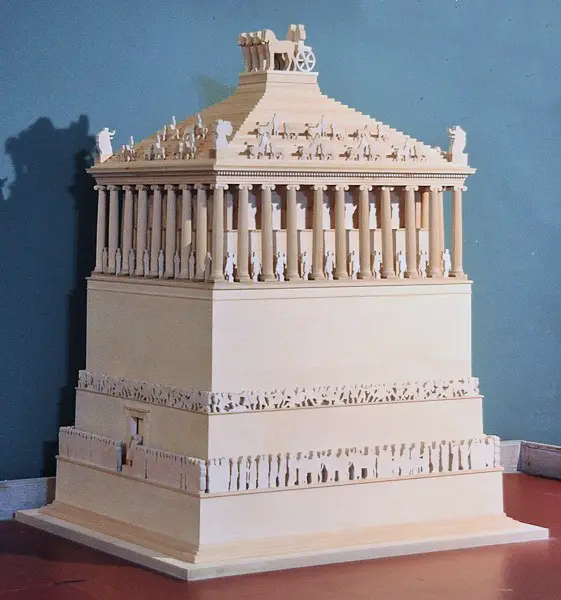
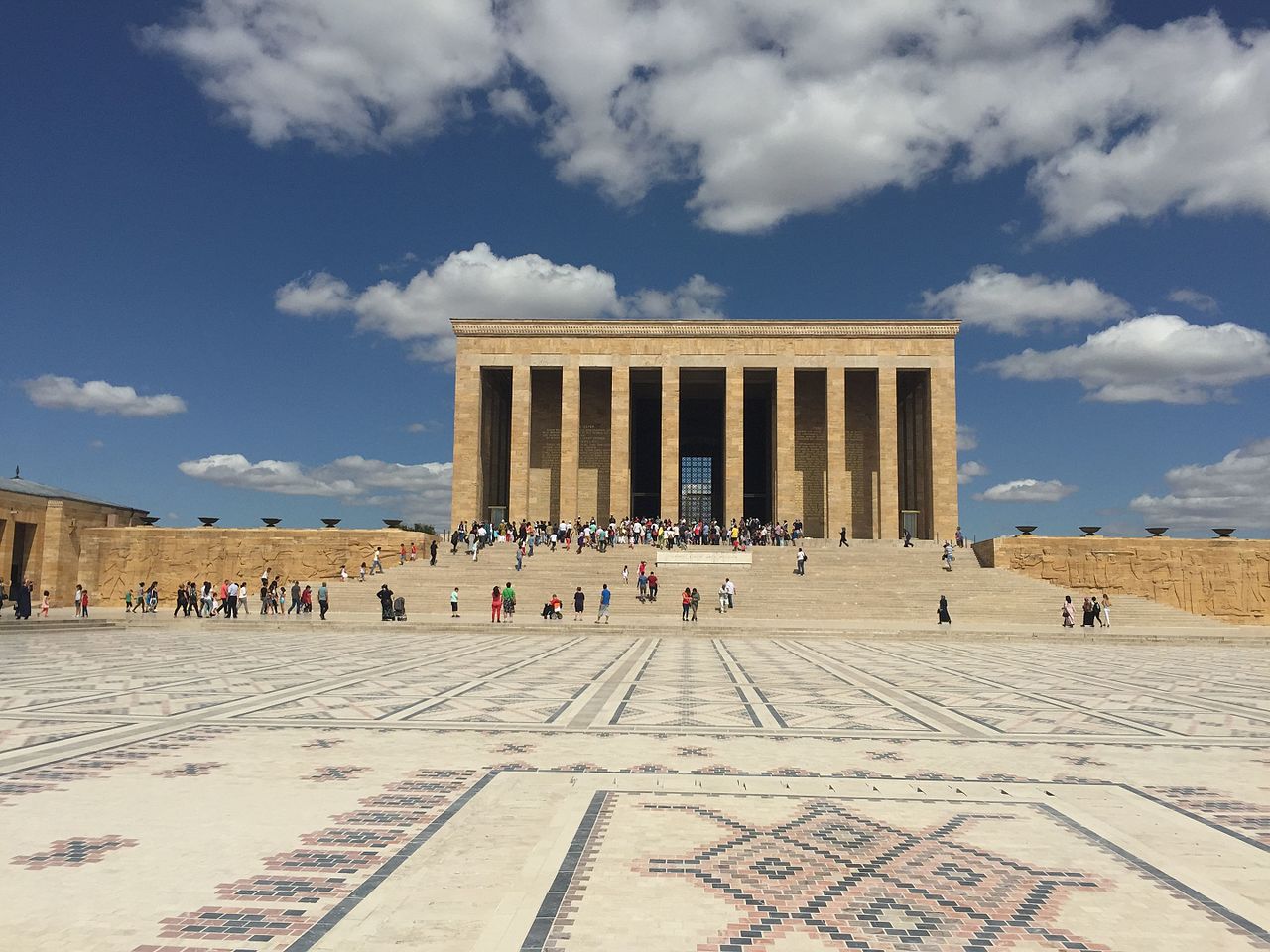
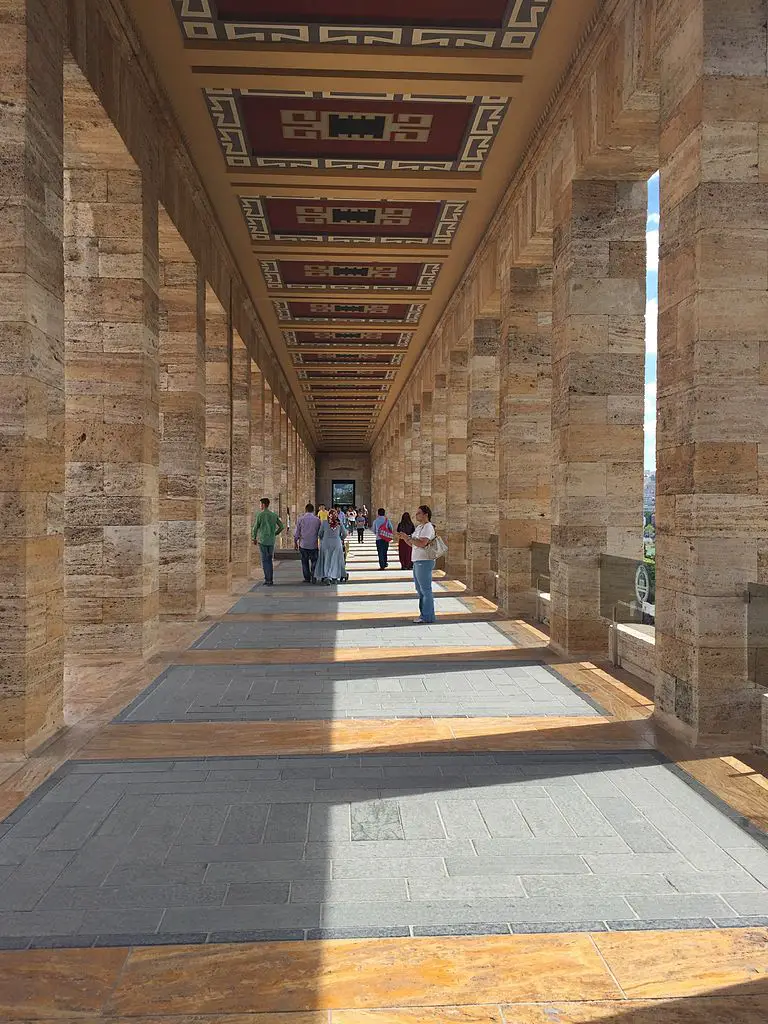
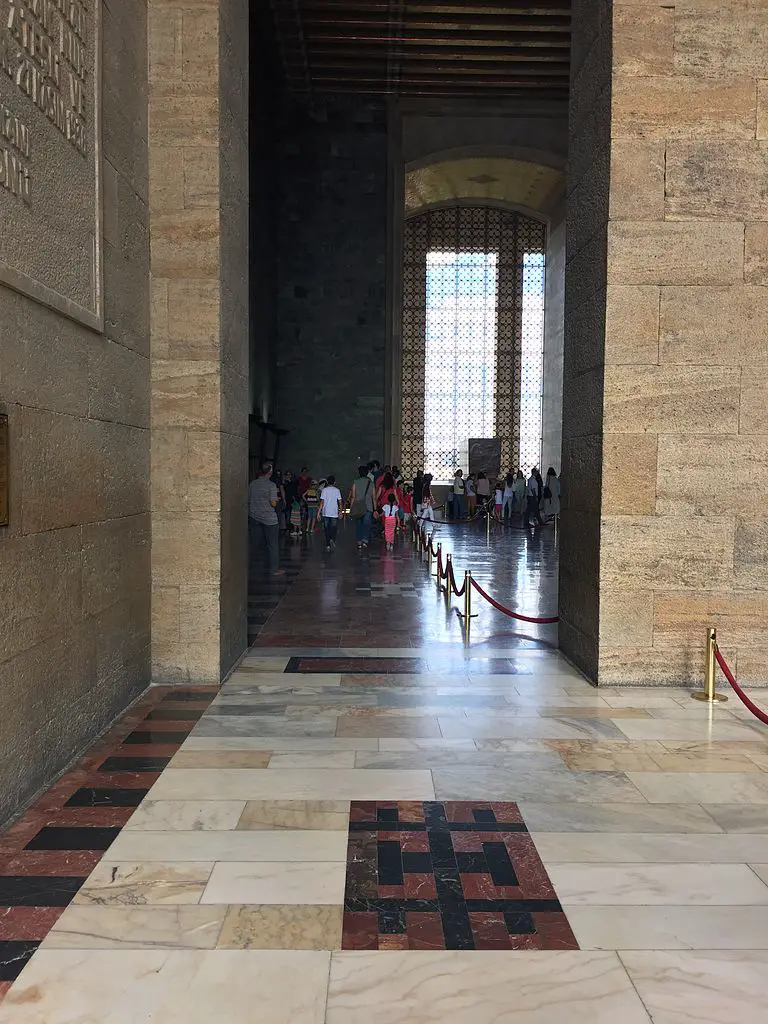
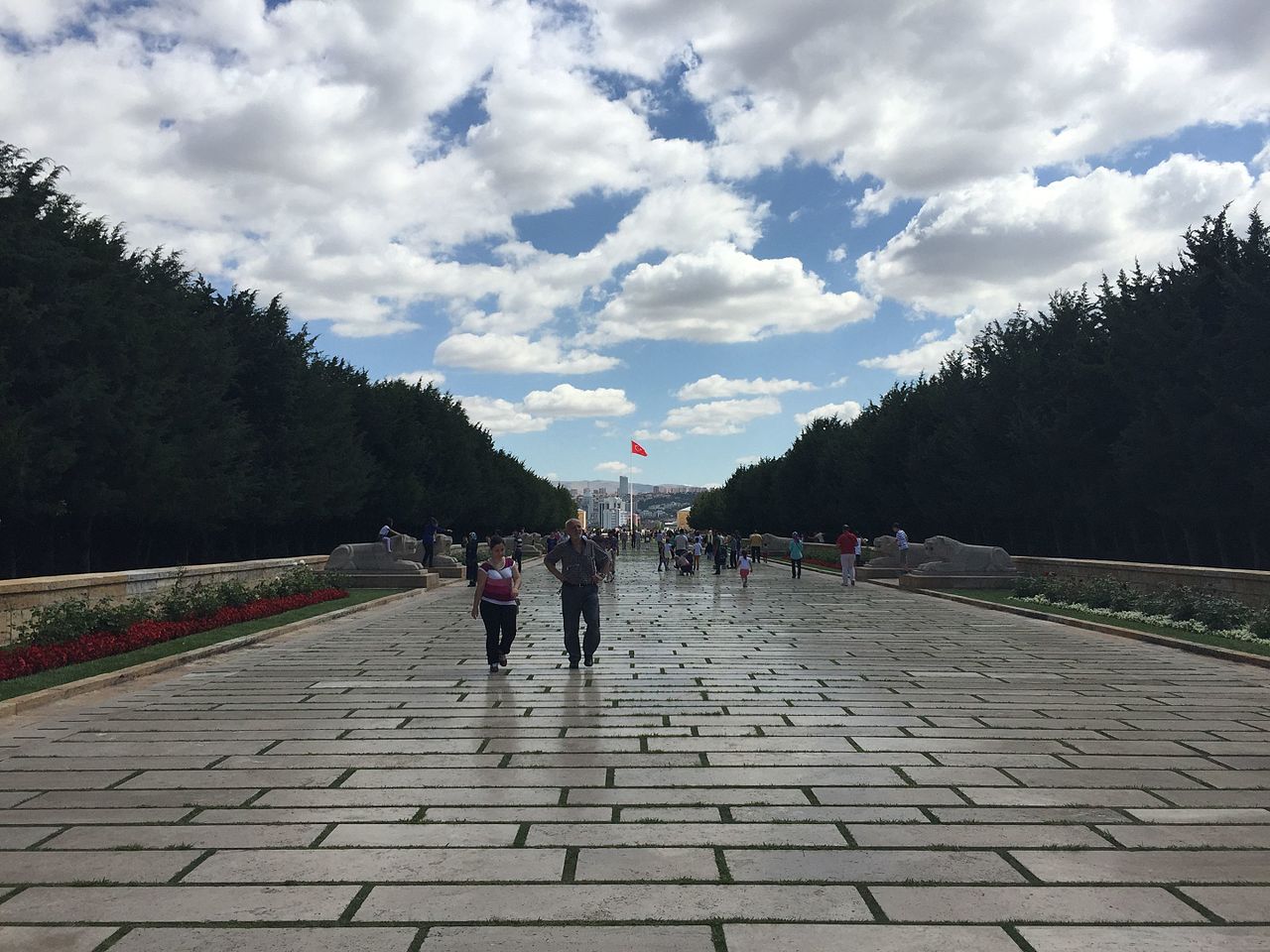
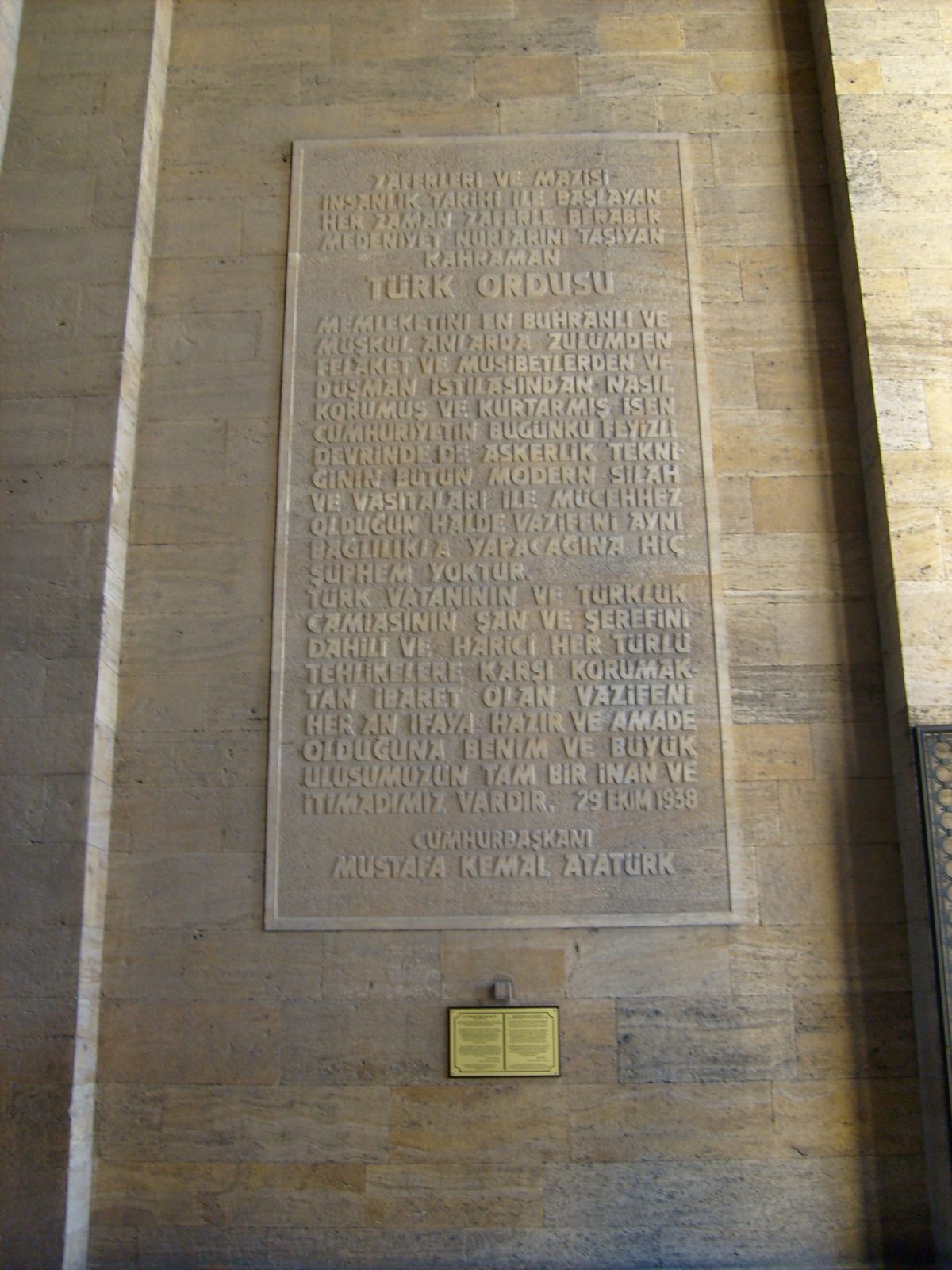
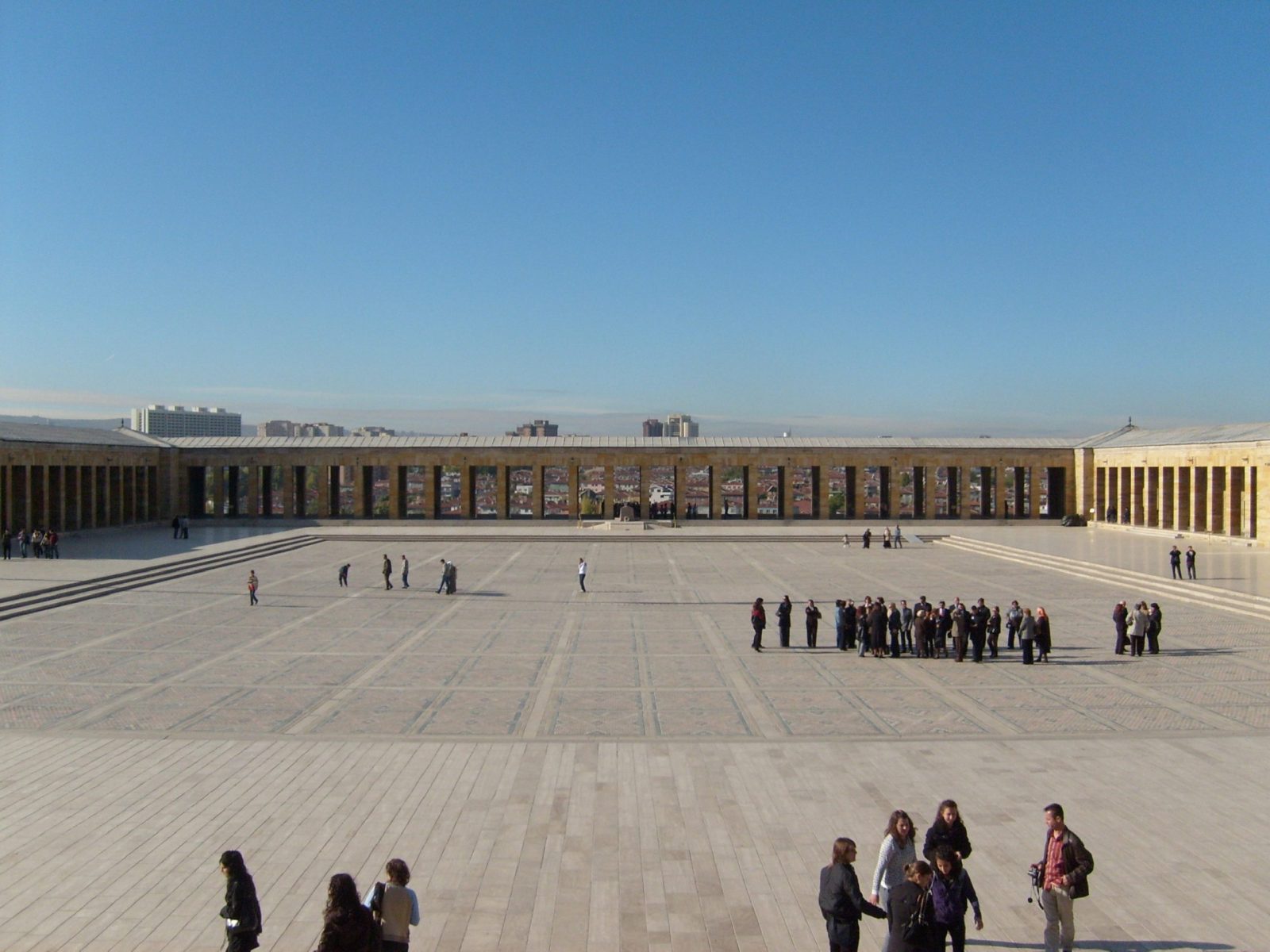
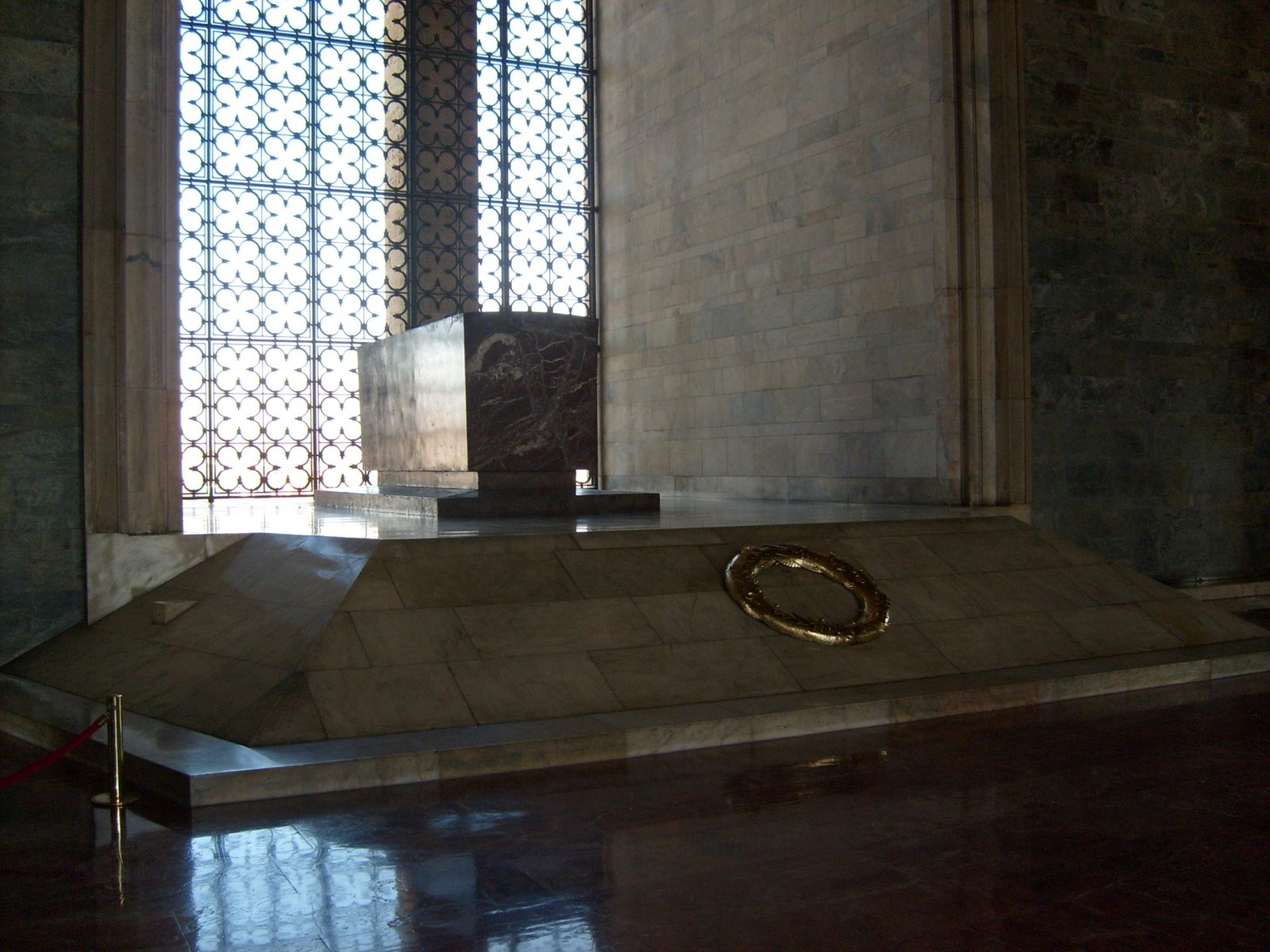
The general architecture of Anıtkabir reflects the characteristics of the Second National Architectural Movement period between 1940 and 1950. During this period, buildings were constructed in the neoclassical architectural style, which was predominantly monumental, emphasized symmetry, and used cut stone materials, and the stylistic features of the Anatolian Seljuks were used. Onat states that the historical source of his projects is not based on the tombs of the sultans in the Ottoman Empire, “where the scholastic spirit prevailed”, but on “a classical spirit based on the rational lines of a seven thousand year old civilization”, and that the history of Turkey and Turkey is not just Ottoman and Islamic history. In this context, Islamic and Ottoman architectural styles were not consciously preferred in the architecture of Anıtkabir. In the Anıtkabir project, which refers to the ancient roots of Anatolia, the architects took the Mausoleum of Halicarnassus in Bodrum as an example. The composition of both buildings is basically a rectangular prism-shaped main mass surrounded by columns on the outside. This classical style is also repeated in Anıtkabir.
On the other hand, after the column and beam flooring system in the interior architecture of the project was replaced with a system of arches and vaults, elements inspired by Ottoman architecture were used in the interior architecture.In addition, the colored stone ornaments on the porticoes of Anıtkabir, the ceremonial square and the floor pavements of the Hall of Honor bear the characteristics of the ornaments of Seljuk and Ottoman architecture.
Anıtkabir Layout
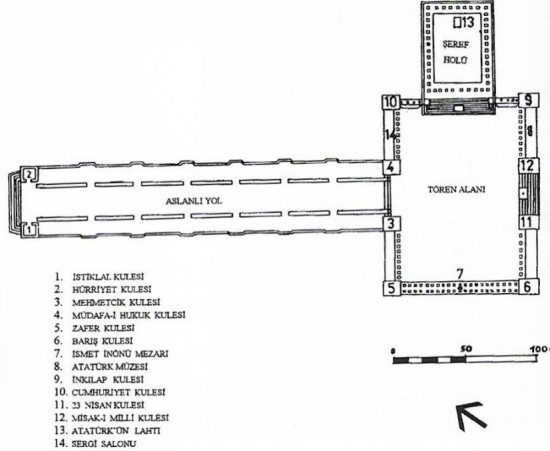
Anıtkabir consists of the Memorial Block and the Peace Park. The Peace Park was formed by the gathering of around 48,500 plants and trees brought from our country and various countries of the world to represent their countries. This park has become a symbolic “League of Nations” and a place where Atatürk’s principle of “Peace at Home, Peace in the World” is realized. When you enter Tandoğan Gate, there are 24 lion statues representing 24 Oghuz tribes on both sides of the road leading to the Mausoleum by walking through the Peace Park. The Mausoleum, which is built on a rectangular plan, is surrounded by columns on four sides, and on its walls are Atatürk’s “Address to the Turkish Youth” written in gold gilding and the “Speech” he delivered on the 10th anniversary of the founding of the Republic. The floor and walls of the Hall of Honor are covered with colored marble. The flat ceiling is decorated with mosaics of carpet and rug patterns from the 16th and 17th centuries. The symbolic sarcophagus of Atatürk, made of a single piece of red marble, is simple. The Tomb Room is located under the Hall of Honor.
Anıtkabir Towers
Within Anıtkabir, there are 10 towers named Independence, Liberty, Mehmetçik, Victory, Peace, April 23, April 23, Misak-ı Milli, Revolution, Republic and Müdafaa-i Hukuk, each with a different theme, symmetrically positioned from the entrance. The towers, which are covered with pyramid roofs on a rectangular plan, have geometric ornaments in fresco technique taken from old Turkish rug patterns. On the inner walls of the towers, there are reliefs specific to that tower and Atatürk’s words. Between the Victory and Peace Towers is the tomb of President İsmet İnönü II.
Anıtkabir Atatürk and War of Independence Museum
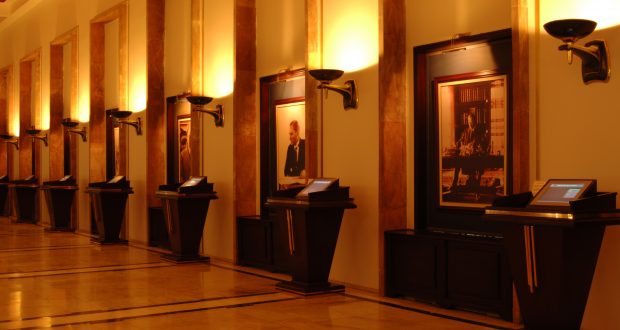
The museum, which is entered through the door of the Misak-ı Milli tower, was opened on June 21, 1960 under the name Anıtkabir Atatürk Museum. In 2001, in line with the project prepared by Anıtkabir Command, it was decided to add approximately 3,000 m² of colonnaded area under the Hall of Honor to the museum. With the realization of this project, the museum expanded by 1,200 m². On August 26, 2002, the museum was opened with a state ceremony with the newly added sections. Since then, the museum has been named the Atatürk and War of Independence Museum.
Sections of the museum
Consisting of 4 sections, the first section of the museum contains items used by Atatürk and gifted to him by foreign statesmen, as well as items belonging to Atatürk donated to the museum by his spiritual children Afet İnan, Rukiye Erkin and Sabiha Gökçen. In addition, the wax statue of Atatürk and the frozen body of his dog Fox are of great interest in this section. The second section is decorated with oil paintings depicting the epic Battle of Gallipoli, the Battle of Sakarya and the Great Offensive. In this section, the difficulties experienced on the road to the establishment of the Republic of Turkey were tried to be felt. The third section includes galleries describing the National Struggle and revolutions and Atatürk’s burial chamber. The section explains the events that took place between 1919 and 1938 in Turkish and English. The last section is the Atatürk Special Library, which contains 3,123 books from Mustafa Kemal Atatürk’s library. The computers in this section contain information about the life of Atatürk, documents and pictures describing the construction process of Anıtkabir, and films of the ceremonies held at Anıtkabir.
My thoughts
Anıtkabir, Atatürk’s eternal resting place, is able to convey very well what a mausoleum should reflect with its embroidery, motifs and architectural decisions. The area where it is located and the most efficient use of this area have a great impact on this. There is no doubt that Anıtkabir has become a mausoleum worthy of Atatürk.
The mausoleum and Anıtkabir, the symbol of Ankara, was born from the foundations of Ankara and rose here. What do you think about Anıtkabir? Do you think it is at the very foundation of Ankara? Is there anything missing or wrong with it?
If you haven’t checked it out yet, you can also read our review of the Norwegian Parliament , one of the symbols of Norway .
You can share your thoughts with us and subscribe to our newsletter, which will send you our latest articles via e-mail.
Architect: Emin Halid Onat, Ahmet Orhan Arda
Year: 1944
Location: Ankara, Turkey



